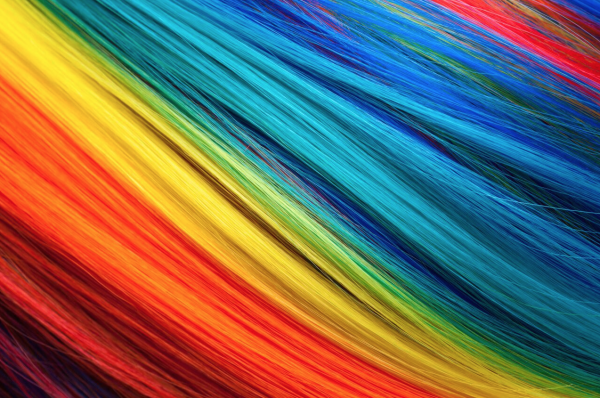In marketing and branding, colors are perceived in such distinct ways that there is a whole color psychology theory surrounding it. The feelings and emotions that are triggered and translated from a color are based on personal experiences, societal norms, and culture. Effective design and use of colors can influence consumers buying habits. So naturally, when selecting color palettes, it’s important to understand what emotions are translated through each color.
Because color is used to evoke emotion and express personality, it stimulates brand association and accelerates differentiation. Primary color palettes for your brand should consist of three to five colors that are utilized in your company’s logo and marketing materials. These colors must be complementary to one another and selected strategically based on your company’s industry and your brand’s values. Secondary color palettes exist solely to complement the primary palette on marketing materials and visuals.
Brands should choose colors based on where and for what the color is being used and how they want consumers to feel when buying their products. I recently read an article at Fast Company and they were talking about the science behind color in marketing. They said, “After all, sight is the most developed sense in humans. It’s only natural that 90% of an assessment for trying out a product is made by color alone.”

Brand “color” identity basics:
- Use color to facilitate recognition and build brand equity
- Sixty percent of the decision to buy is based on color.
- Colors have different connotations in different cultures, so do your research.
- Ensure consistency in color across applications; this is frequently a challenge.
RED: Gives off a sense of urgency, associated with movement, high energy, anticipation, intensity and passion. Commonly used for clearance sales, high visibility, often used in food industry, attention grabbing.
BLUE: Has a calming effect, associated with feelings of maturity, honor, trust and tranquility. Commonly used by technology and security companies, most preferred color by men and most popular color choice for brands.
BLACK: Indicates sharpness, intelligence, strength, exclusivity and sophistication. Often used as an accent color to complement primary color palette, paired with certain colors can come off aggressive, used by many companies to establish a vibe of authority.
GREEN: Associated with nature, the environment, growth and wealth. Frequently used by health and eco-conscious companies, used to promote relaxing feelings, easiest for the eyes to process.
ORANGE: Increases feelings of enthusiasm, friendliness, and optimism but can also promote caution. Represents confidence, creates a call to action and stimulates mental activity.
GRAY: Shows balance and neutrality, sleek and timeless. Good complementary color but can be boring or unimaginative if used too often or as primary color.
PURPLE: Relates to royalty, wisdom, creativity and imagination; perceived differently based on age and gender. Beauty and anti-aging products often use this color.
YELLOW: Encourages happiness and communication, evokes feelings of warmth , joy, hope and camaraderie. Stimulates nervous system, prompts creative thought, and signifies fun and positivity.
WHITE: Color of purity, innocence, cleanliness and simplicity. It is often used to create negative space, used by minimalists, adds sophistication, commonly seen in technology and luxury industries.
BROWN: Earth tones signify dependability and wholesomeness, promotes comfortability and familiarity. Often used by organic or natural based companies and products/packaging.
Most founders choose colors based upon personal preference. But remember, color (like branding) is a THEY game. Be sure to identify and understand your audience and target market. Be sure to choose colors that resonate with them… that will get them frothed up and ready, willing, and able to buy.

